How to Monitor and Analyze International SEO Performance
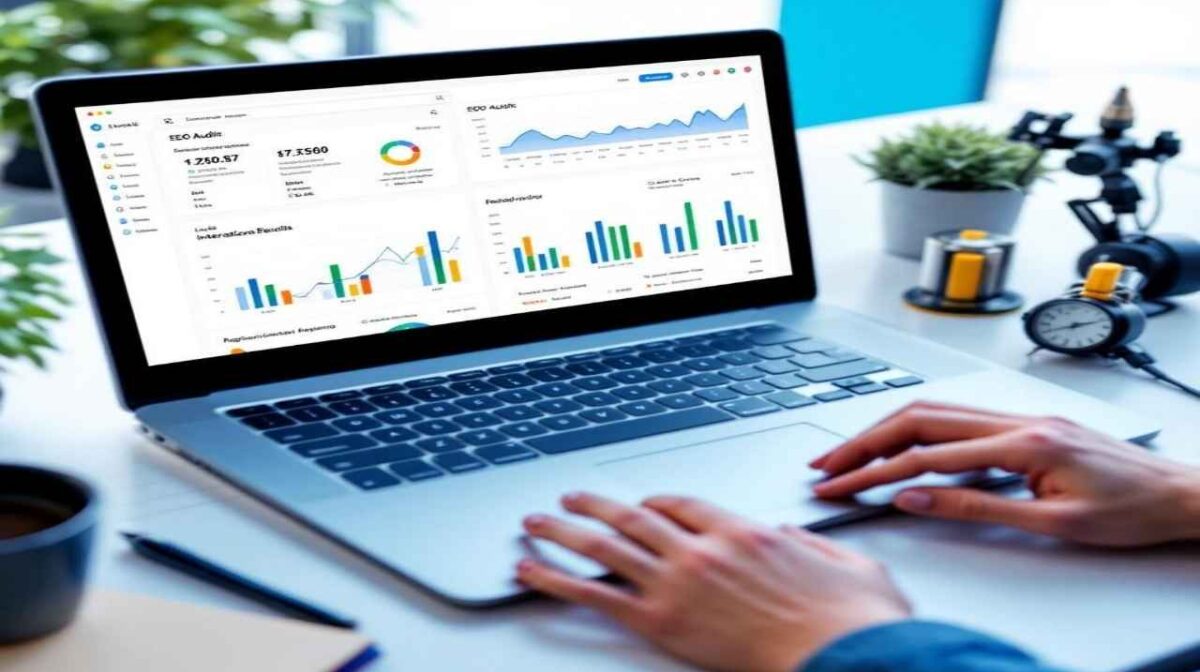
Do you know how well your global SEO is going? Given the fact that markets are global and becoming increasingly interconnected, there has never been a more important time for businesses to follow SEO results by region, especially with a view to growing business and market share. International SEO is not only about getting noticed but more importantly finding the right audience in the right market and ensuring your website is optimised to meet not just global but local requirements.
In this guide, we will discuss how crucial it is to keep an eye on the performance of your international SEO – why you should monitor the international SEO KPIs, and how to improve your global SEO with the right tools and techniques. Whether you are an SEO expert, a global business brand, or an entrepreneur working for a company, or you simply wish to learn more about the global market, then there is something for you in this blog.
The Importance of Monitoring International SEO
Why It Matters
One cannot be responsible for managing an international business without considering the source of website traffic. Global SEO performance tracking: Track your international SEO performance, and ensure you are inline with market-specific requirements, and are delivering result in accordance to regional expectations.
For instance:
- If we’re an enterprise that needs to expand into Asia, we could have to account for cultural differences in search preferences, or optimize for search engines such as Baidu or Naver.
- For a global e-commerce that could mean picking up on audience preference differences that would translate into different keyword strategies between U.S. and Europe.
Knowing these subtleties is crucial to taking advantage of and minimizing the challenges of addressing a multiregion market.
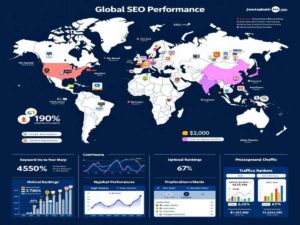
Local vs. International SEO
Whereas local SEO caters to an audience which is local (city-based), international SEO caters to an audience across multiple countries. With global SEO, companies will have to consider new challenges such as language, currency differences and local search engines. You don’t want to miss looking for something only to realize that you wasted time, energy or money on the wrong place.
Benefits of International SEO Tracking
How Companies Can Leverage by Keeping an Eye on the Global Performance Measures: Through global performance measures, companies can accomplish the following:
- Market Insights -Understand regional trends and demand requirements.
- Improved Conversion Rates: Conver tailored content specifically to resonate with local audience, to ensure improved conversation rates.
- Better investment ROI: Allocate capital to areas with the most growth opportunity.
Key Performance Indicators (KPIs) for International SEO
By keeping track of the right metrics, you can tell if your international SEO is doing its job. Here are the most important to track SEO KPIs:
1. Organic Traffic by Country
Find out how much from organic you get traffic in other countries. This will also help in finding out which markets are doing good and which needs improvement.
2. Keyword Rankings in Various Locations
Track how well keywords are doing in your targeting countries. And remember, a keyword ranking high in one country might not do so well in another based on regional differences in search language or intent.
3. Bounce Rate and Engagement Metrics
Break down user behavior, such as bounce rate, time on site and pages per session, by region. A high bounce rate in one market could indicate the content isn’t resonating with that market.
4. Regional Conversion Rates
Monitor the ability of your site to convert visitors to customers in various regions. That is a clear indicator of how well your messaging and offers are resonating with the local audience.
5. Backlink Profile by Country
Quantify the global importance of your site based on quality and number of backlinks received from international domains. Links from quality local sites can help to improve search visibility within individual markets.
Pro Tip: Leverage tools such as Ahrefs or SEMrush to monitor how your keywords are performing, to find new backlink opportunities and to analyze what your competitors are doing for their International SEO.
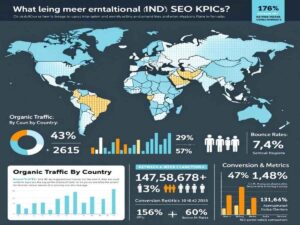
Tools for Monitoring International SEO Performance
Having the proper tools in your toolkit is crucial to discover and dissect international SEO metrics. These are some of the most effective:
1. Google Analytics
Learn about regional organic traffic, visitor activity and conversion metrics. Create geographical filters to monitor specific country performance.
2. Google Search Console
Offers performance data according to the country and language, allowing you to check on the keyword rankings and search visibility of multiple locations.
3. SEMrush and Ahrefs
Both platforms allow you to:
- Track keyword rankings by region.
- Analyze backlink profiles.
- Track competitor’s SEO performance globally.
4. GeoRanker
A local rank tracking software that helps in monitoring local rankings and creating geographic SEO reports.
However, implementing these tools for truly organized international tracking requires setting them up using regional filters and hreflang tags and customizing the reports for each market.
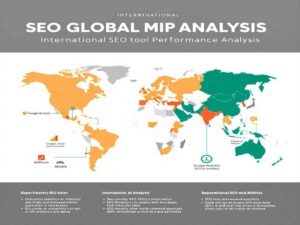
Analyzing SEO Performance Across Different Regions
Now, once you have the right tools, the next area to focus on is interpreting performance data well. Here is an analysis of regional SEO statistics:
Global Keyword Insights
Examine what keywords are bringing visitors from where. As an example, a keyword popular in the U.S. (take “vacation rentals”) is unlikely to work as well overseas in the U.K., where “holiday lettings” is the magic phrase.
User Behavior by Region
Discover Inconsistencies with Metrics of User Behaviour. If your bounce rate is bad in one market in particular, content relevance could potentially be an issue, or site speed.
International Audits
Physically go on tangential vacations to wind down and ensure your internet connection isn’t fast enough to access anything but Reddit, or do like me do an international SEO checkup to locate defects, underperforming keywords or regional pages that’s not been optimized.
Multilingual SEO Performance Monitoring
Multilingual SEO tracking complicates matters even further. Here are the essentials:
Challenges in Multilingual SEO
- Literal translations of keywords disregard cultural idiosyncrasies (e.g., “sneakers” in the U.S. versus “trainers” in the U.K).
- Search engines specific to languages as Baidu have their own ranking algorithms.
Best Practices
- Use hreflang tags to specify language and country for Google, and the “content-language” meta tag to specify the language and country for Bing.
- Check the rankings and the traffic for the individual language versions.
By optimizing the content for each language group, you increase user engagement and website presence in multilingual markets.
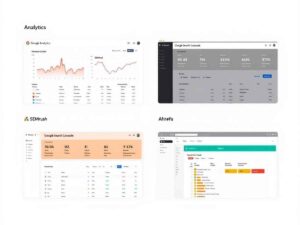
Improving International SEO Performance Based on Data
With performance intelligence, businesses can fine-tune their SEO approach. Actionable steps include:
Optimize for Local Search Engines
If China is the target, a presence is necessary on Baidu; for Russia, breathe in Yandex.
Focus on Localization
Localize all aspects of your website – whether it’s images, content, pricing or payment methods – to suit the local tastes of your target audiences.
Improve UX Across Regions
The website load speed and mobile optimization and regional-specific landing pages, are the keys to get higher search rankings all over the google platform.
Reporting International SEO Insights
Make insights easy to read and act on for different audiences:
- Give marketing teams visibility into how keywords are performing and converting.
- Show ROI and country growth compendium for leadership team.
- Make use of graphic dashboards, such as those that you can find in SEMrush or Google Analytics, for more presentable graphics.
Customized reporting gives all decision-makers the tools to be strategic.

Achieve International SEO Success
With this reckoning, the ability to track and analyze international SEO performance is no longer a “nice to have” for global businesses, it’s a “need to have”. By following the correct KPIs, using effective tools and making data-driven business decisions, businesses can make sure their SEO efforts translate into foreign markets and languages.
Ready to take your international SEO to the next level? Begin by using the tactics in this post, run periodic audits and then use tools you can trust – like SEMrush and Google Analytics – to tweak your process.
Frequently Asked Questions (FAQ)
How important is the international SEO for businesses going global?
International SEO helps optimize your website to appear in search for multiple countries and languages. This is a way to increase visibility, generate traffic and reach clients from all corners of the world, resulting in increased revenues and brand awareness.
What are some important KPIs to measure international SEO?
Critical KPIs are organic traffic by location, keyword rankings across countries, click-through rates (CTR), conversion rates and bounce rates. Keep track of these metrics to understand how well your strategies are performing and identify data-backed optimization opportunities.
What all softwares are good for managing international SEO?
Tools such as SEMrush, Google Analytics, Google Search Console and Ahrefs can be used to monitor how well your content is doing in terms of SEO, to recognize opportunities and fix mistakes in other languages and regions.
How regularly should I review my international SEO strategy?
Regular audits, whether quarterly, bi-annually, or what have you, are essential to remain competitive. Regular check ups will help you spot new trends and to correct minor under-performers and tweak your delivery to better match changing search habits.
How can I do better international SEO?
Start with original keyword research in your target languages, locally optimizing your content, materials to make sure your site architecture works best for multiple languages or regions (such as using hreflang tags), and tracking performance data. Frequent updates are also essential to match local trends and search algorithms.





